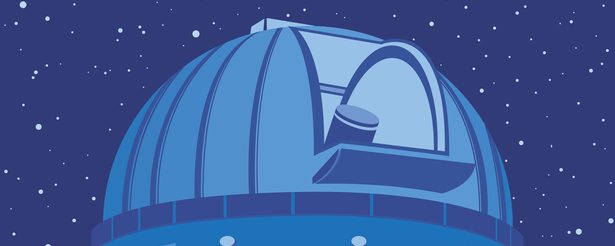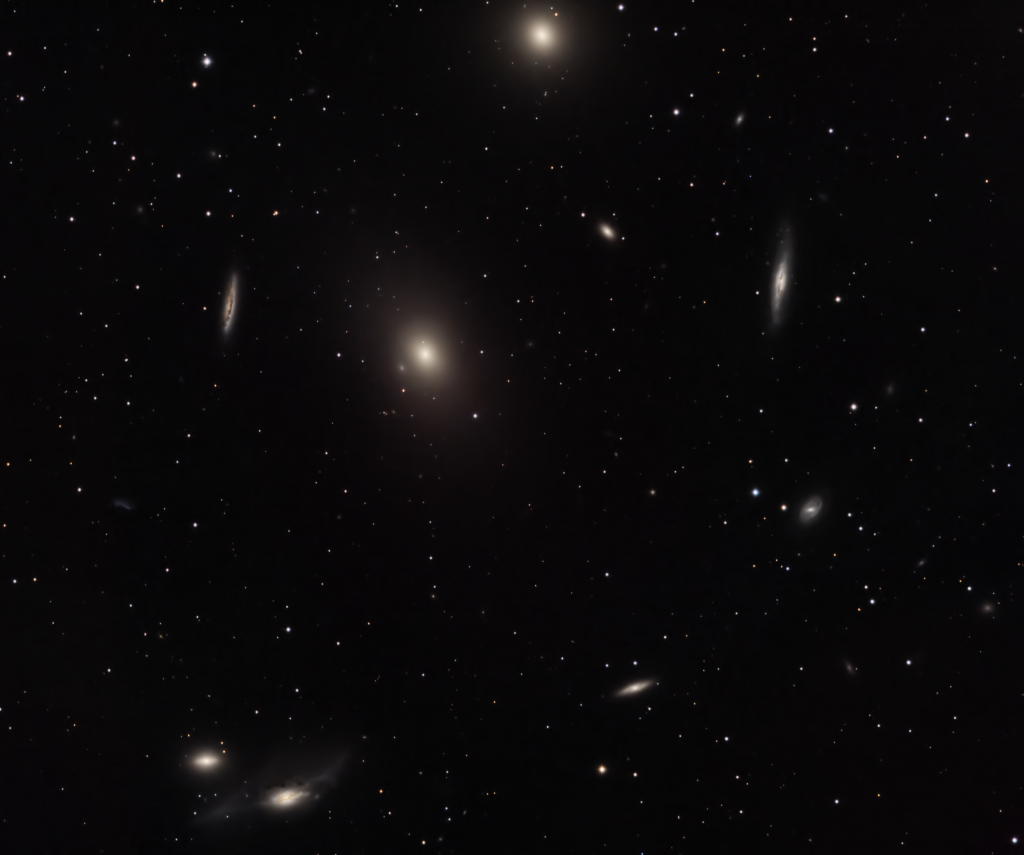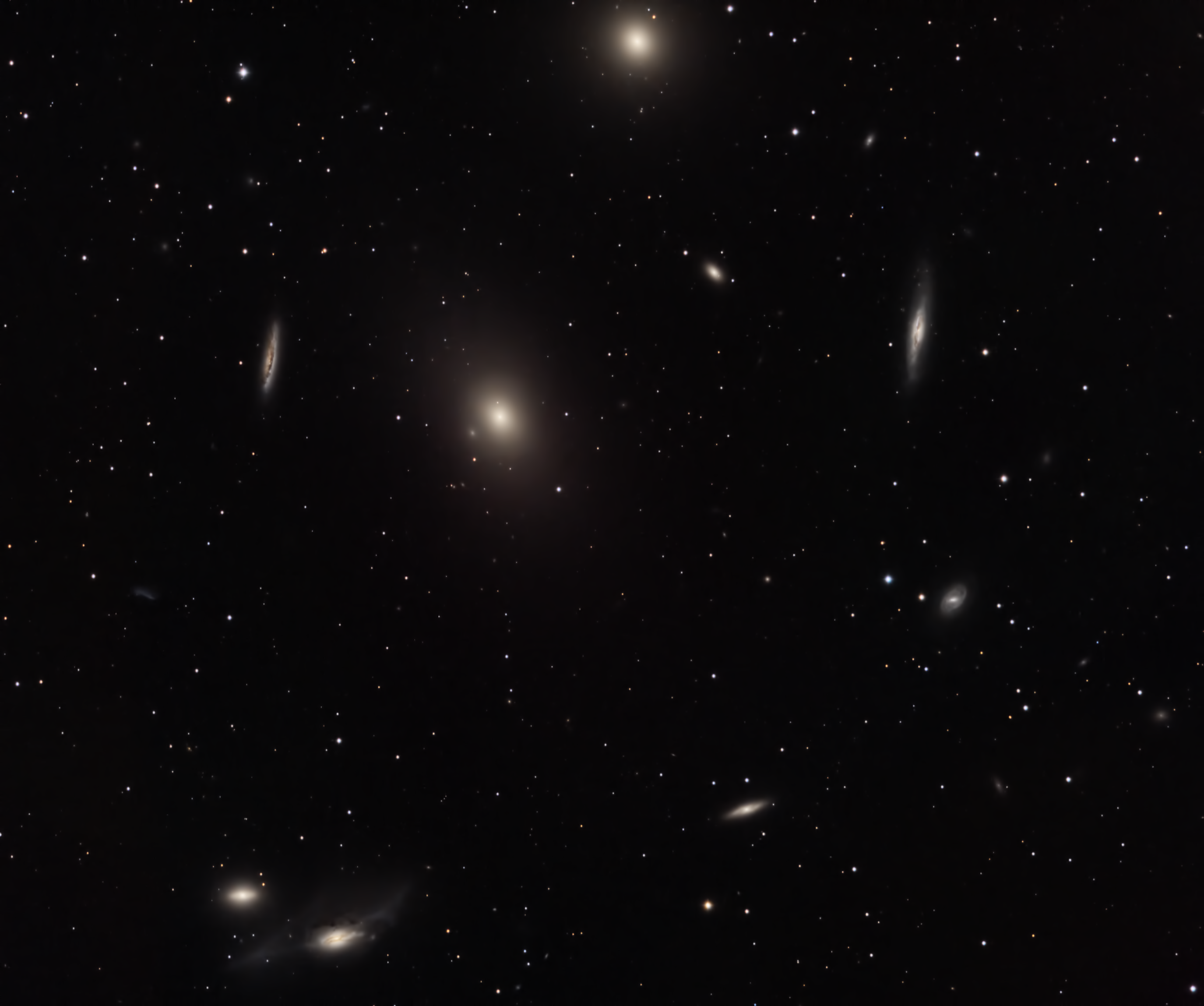
Similar Posts
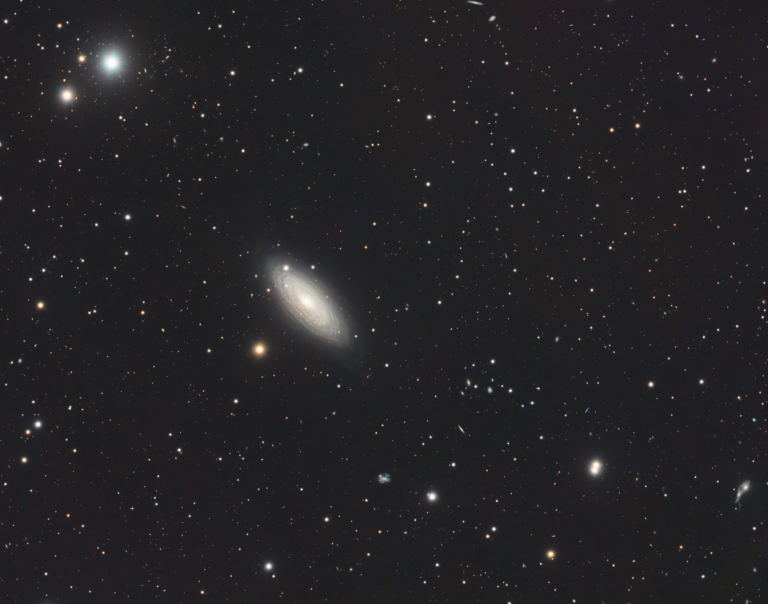
The galaxy NGC2841, 46 million light-years away.
This is a somewhat obscure target; at 46 million light-years distant, it’s hard to capture much detail on it from Earth. But that’s what makes it interesting and challenging! Located within the constellation Ursa Major, this is a flocculent spiral galaxy notable for its massive central core. Look around in the background, and you’ll find…
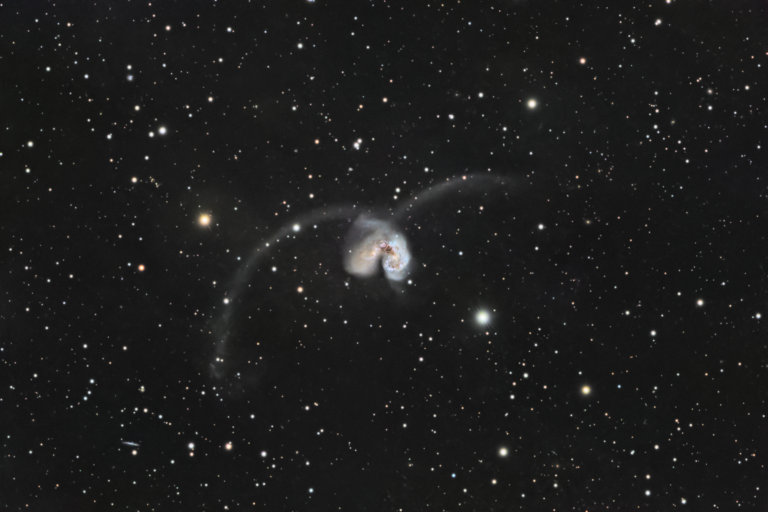
The Antennae Galaxies
Within the constellation Corvus, two galaxies are close to merging together into one… leaving two tails behind from the original galaxies. About 45 million light-years away. Our own galaxy may suffer a similar fate, should it collide with the Andromeda Galaxy in the distant future.
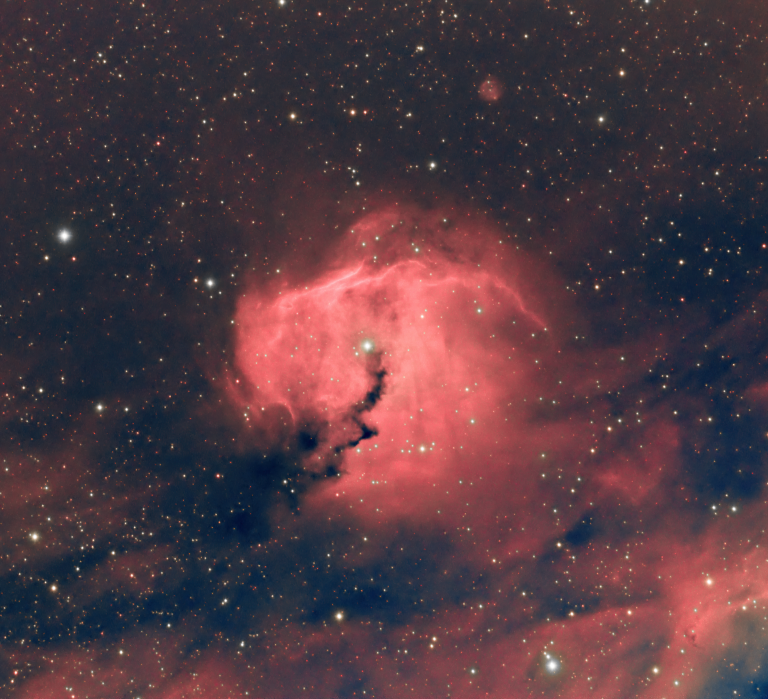
The head of the “seagull”
Formally this nebula is called vdB93, but more commonly it is a part of the “seagull nebula.” The larger nebula really does look like a flying bird, but it’s a little too big to fit in the field of view of my telescope – so I focused instead on its “head” where most of the…
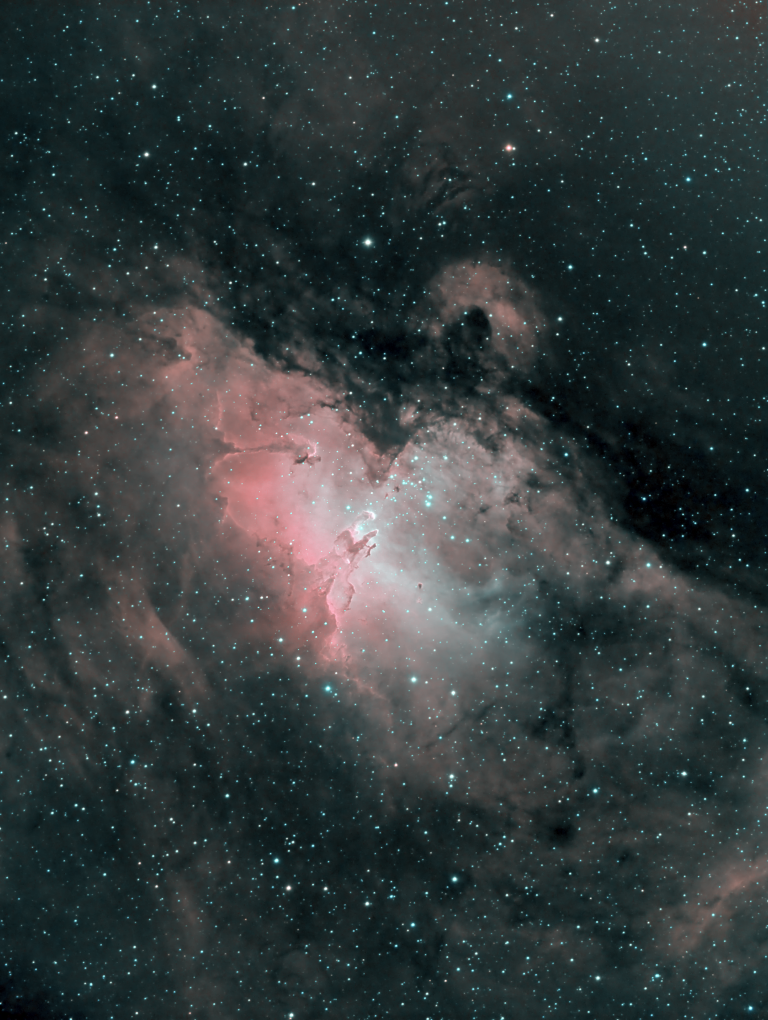
The Eagle Nebula
A wider shot of the Eagle Nebula, with the famous “pillars of creation” in its center.
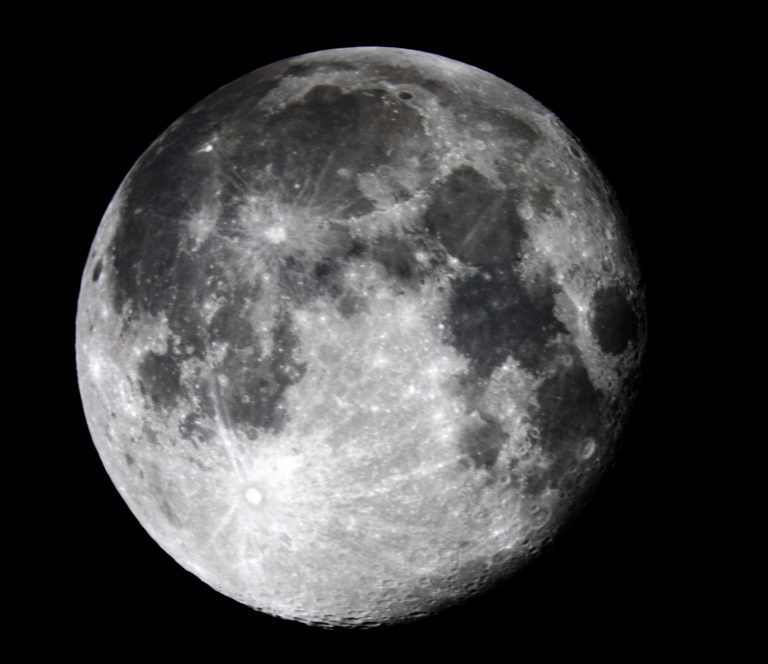
The Moon
A full moon captured with a Canon T6i DSLR.
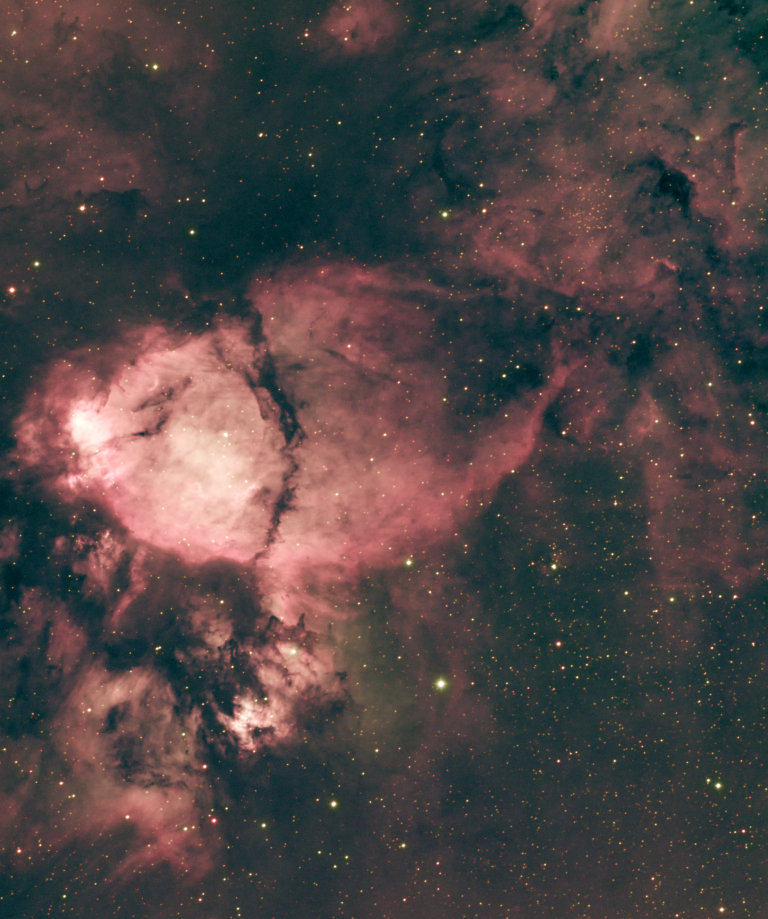
The “Fish-Head Nebula”
It’s really just a small portion of the Heart Nebula… that kinda looks like a fish. Maybe not the prettiest object in the cosmos, but it reflects a few technical accomplishments for me. About 20 hours of exposure time in total on this. Below I’m presenting it in a false-color “Hubble Palette”, as well as…
